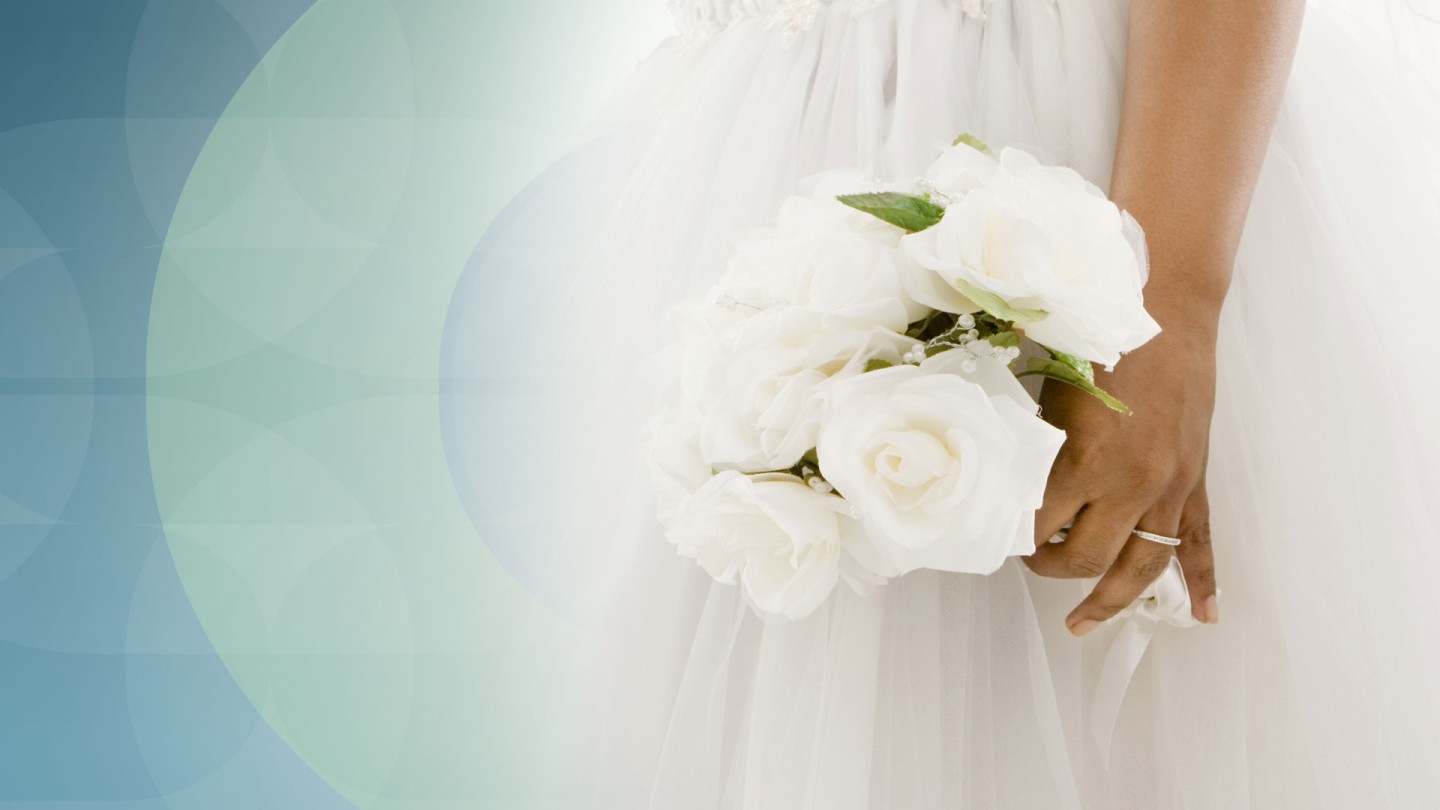It is a little known fact that an essential part of an undertaker’s equipment is a big black umbrella, which, when it is pouring rain (not unusual) at a graveside he or she holds it over the celebrant while the burial takes place.
After one such funeral in a November drizzle at Janefield Cemetery in the east end of Glasgow, as they made their way back to the cars, the undertaker shoogled the rain from his big black umbrella and said to the minister who was about to leave for a 3 year spell in Jamaica, “Well, you’ll no be needing this for a while!”
When a few weeks later the minister was conducting his first funeral in Kingston, as he stepped from his car, immediately across came the undertaker unfurling an identical big black umbrella to shelter the minister from the blazing Caribbean sun.
To this day that minister swears that somehow it was the same big black umbrella!




